Among the most popular souvenirs people bring back from Japan is a round little doll known as the daruma. In fact, it ranks right up there with chopsticks, kimono, yukata, green tea, maneki neko, multi-flavored KitKat bars, and noren curtains. These dolls, though typically red and depicting a bearded man, vary greatly in color and design depending on region and artist. Though considered a toy by some, daruma has a design that is rich in symbolism and is regarded more as a talisman of good luck by the Japanese.
.
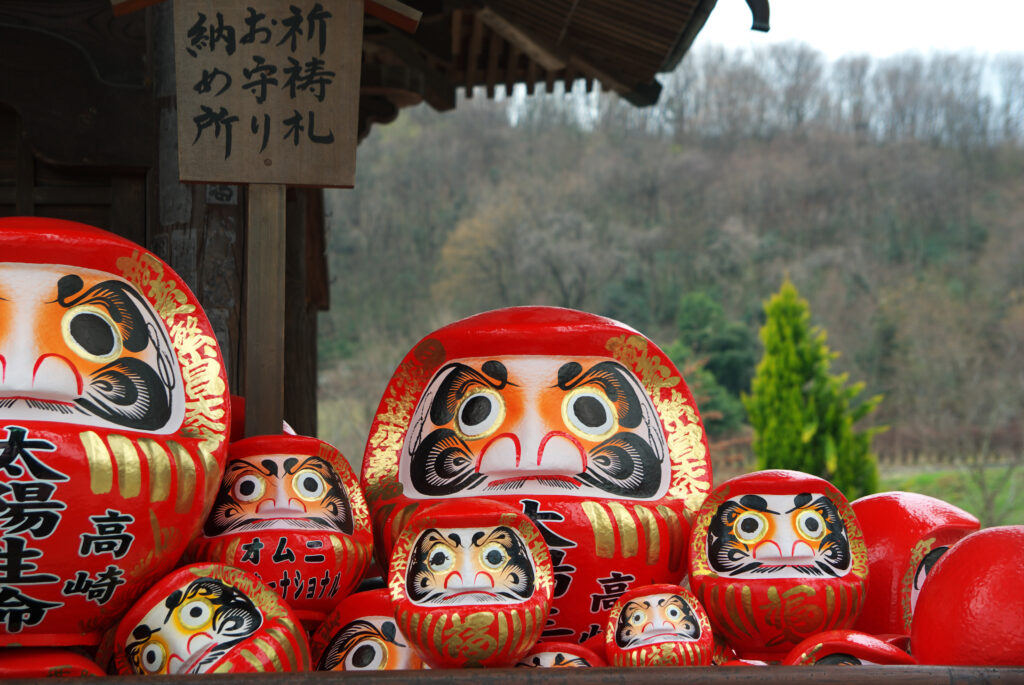
.
The daruma is modelled after the Buddhist monk, Bodhidharma, credited with founding the Zen sect of Buddhism. The accounts of Bodhidharma’s life are largely legendary and historical sources are practically nonexistent. One account states that while visiting China, he stopped at the Shaolin temple at Mt. Song but was refused entry. Subsequently, Bodhidharma sat in meditation outside the monastery facing its walls (or in a nearby cave according to other accounts) for nine years. It is said that he fell asleep staring at the wall during the seventh year and became enraged with himself. To prevent himself from falling asleep again, he cut off his eyelids. This is why the daruma has oversized round blank white eyes. In another popular account, Bodhidharma’s legs are said to have withered and fallen off during the time he spent in meditation, which is why daruma dolls have no legs. The daruma is regarded as a symbol of perseverance and often chosen as a gift of encouragement.
Approximately 62 miles (100 km) north of Tokyo is the city of Takasaki (高崎市), the daruma capital of Japan. It is easily accessible within an hour from Tokyo Station via the Joetsu Shinkansen. The city is home to Shorinzan Daruma-ji, the temple where the daruma doll originated.
.
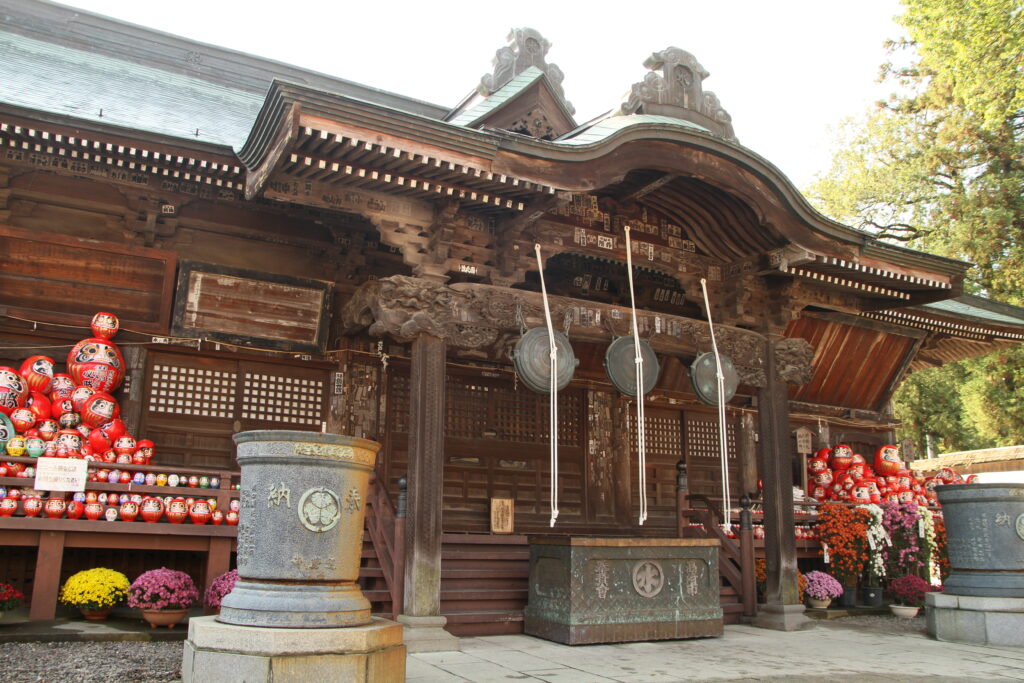
.
The dolls are traditionally purchased at the beginning of each New Year without the pupils painted on. One pupil (left) is painted on when a wish is made and if the wish comes true, the second pupil (right) is added. This ritual is called kaigenor the opening of daruma’s eyes. At the end of the year, regardless of the outcome, the doll is returned to the temple where it is burned.
The city holds its annual Daruma-Ichi (Daruma Fair) on January 6-7, attracting over 400,000 people. During this event, there are countless booths set up on the temple grounds selling new fuku-daruma (lucky daruma) dolls produced by local families. It is here where many Japanese families purchase their dolls for the New Year and have them blessed.
Next to the temple there is a small, one-room museum dedicated to the daruma. It is filled with daruma dolls of all types including some rare antique ones. You will also find packets of daruma instant ramen noodles sold here! If you do not want to visit the temple, you can purchase your daruma doll at the omiyage (souvenir) shop at Takasaki JR Station. The station also sells daruma eki-ben (train station lunch boxes). These make rather cute keepsakes and some of the bento containers even come in likenesses of the popular Hello Kitty character.
.

.
Photo Attributions:
Shorinzan Daruma-ji By 小池 隆
<https://creativecommons.org/licenses/by/3.0>, via Wikimedia Commons: You are free to: Share — copy and redistribute the material in any medium or format
『Kristine’s Eye on Japan: Introduction to Japanese Culture』
Writer: Kristine Ohkubo
(3/1/2022)

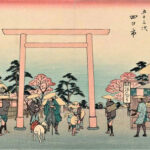
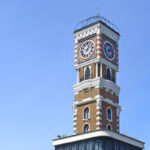
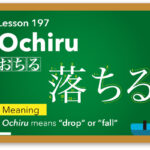
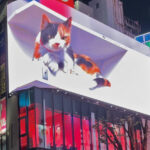
Fascinating account. I’ve seen daruma dolls all my life–including in my family home while growing up–and never understood their significance. Brava!
I purchased a medium Dharuma doll made in Takasaki from a New York Sunrise Market. They definitely are more elaborate and more beautiful than those you find in the souvenir shops at Narita airport.
I have always found Dharuma fascinating especially in paintings and netsuke. Thanks for writing this interesting article.